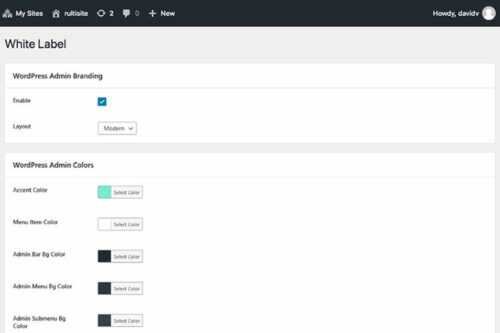


10 Best Free Plugins for Adding Google Maps to WordPress

10 Best Free Security WordPress Plugins

8 Best Free Syntax Highlighter WordPress Plugins

10 Best Free WordPress Membership Plugins

Simple Ways to Customize & Add Functionality to WordPress Plugins

10 Best Free Import & Export WordPress Plugins

10 Best Free Media Library WordPress Plugins

How to Educate Clients on WordPress Security Best Practices

How to De-Clutter Your WordPress Site

10 Best Free Newsletter Marketing WordPress Plugins
